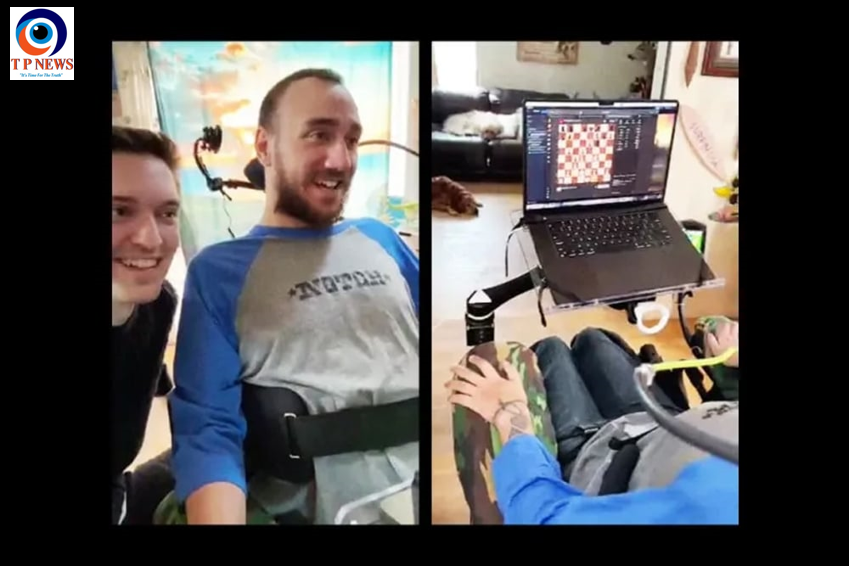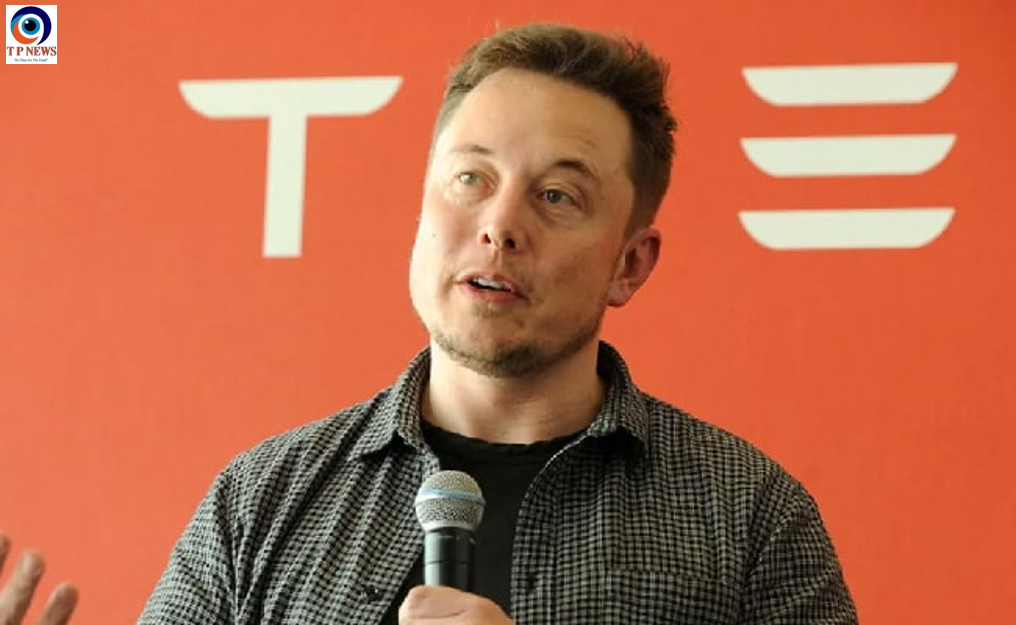In a groundbreaking step towards merging the human mind with digital technology, Elon Musk’s brain-computer interface company, Neuralink, has successfully implanted its second brain chip in a patient, marking significant progress in the journey towards mind-controlled digital devices. The recipient, identified as Alex, underwent the procedure last month at the Barrow Neurological Institute and has been making remarkable strides in his recovery and abilities.
A New Milestone in Neurotechnology
Neuralink, known for pushing the boundaries of what technology can achieve, is beginning to see its bold vision take shape. Elon Musk, the CEO of Tesla and SpaceX, expressed his optimism about the future of Neuralink, predicting that hundreds of people will have Neuralink implants within a few years, potentially reaching millions within the next decade. This optimism is fueled by the success of Alex, who, just weeks after the surgery, is already experiencing enhanced interaction with digital devices.
From Gaming to Design: Alex’s Journey with Neuralink
Since receiving the Neuralink implant, Alex has been diligently working on enhancing his skills in interacting with digital platforms. His progress has been nothing short of remarkable—he’s improved his ability to play video games and has even begun learning computer-aided design (CAD) software to create 3D objects. This demonstrates the chip’s potential not only to restore lost abilities but also to open new avenues for creativity and innovation.
Neuralink has highlighted that this achievement is a significant step towards empowering individuals with paralysis, enabling them to regain control over digital devices and, ultimately, their autonomy. The ability to design and create through CAD software represents just one of the many possibilities that Neuralink hopes to unlock for people like Alex.
Expanding the Horizons: A Future of Mind-Controlled Technology
The success with Alex follows closely on the heels of the first Neuralink recipient, Noland Armagh, who has achieved the ability to control a computer or phone with his thoughts alone—a feat that was once the realm of science fiction. Neuralink is now focusing on expanding the chip’s capabilities to enable more complex functionalities, such as multiple clicks and simultaneous movement intents, paving the way for full control over digital interfaces.
Looking ahead, Neuralink’s ambitions extend beyond the digital realm. The company plans to enable the chip to interact with the physical world, allowing users to control robotic arms or wheelchairs, significantly enhancing their independence. This vision of a future where individuals with physical limitations can regain control over their environment is both exciting and revolutionary.
A Future of Infinite Possibilities
Neuralink’s journey is far from over, but the progress made with Alex and Noland showcases the potential of this technology to transform lives. The company is excited to work with more participants, helping them reconnect with their passions and explore new possibilities through the power of mind-controlled technology.
As Elon Musk’s vision of a world where the human mind seamlessly interacts with technology continues to unfold, the success of Neuralink’s brain chip implants represents a pivotal moment in the evolution of neurotechnology. The future of mind-controlled digital interfaces is not just a possibility—it’s on the horizon, and it promises to redefine what it means to interact with the world around us.






